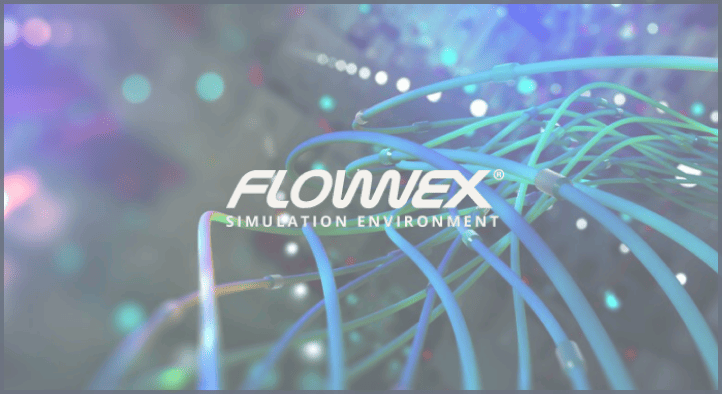I hope everyone had a good holiday season and a great start to the new year! With a new year comes new releases of Ansys software, including Zemax, Speos, and Lumerical. Speos and Lumerical have been...
Join our 1,770 subscribers
04/20/2023
More Info



Most of our customers receive their support over the phone or via email. Customers who are close by can also set up a face-to-face appointment with one of our engineers.
For most locations, simply contact us: